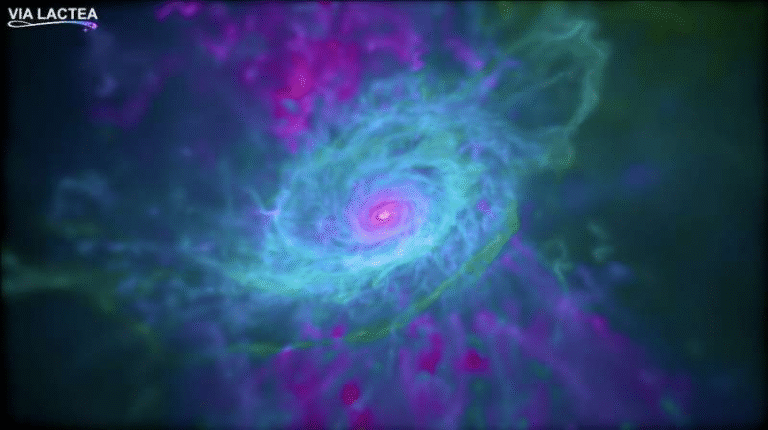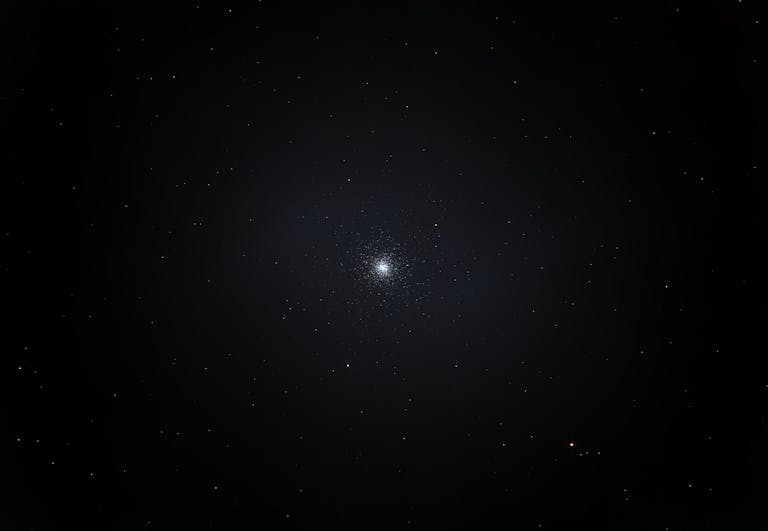Astronomers Create the First 3D Temperature Map of an Exoplanet Using the James Webb Space Telescope

Astronomers have taken a huge leap forward in understanding distant worlds by creating the first-ever 3D temperature map of an exoplanet’s atmosphere. The planet in question, WASP-18b, is an ultra-hot gas giant located roughly 400 light-years away from Earth, and it orbits its star in just 23 hours. Using the incredible capabilities of NASA’s James Webb Space Telescope (JWST), scientists have managed to visualize this alien planet in three dimensions, revealing how its temperatures change across latitude, longitude, and altitude.
This breakthrough was achieved using a method called spectroscopic eclipse mapping, sometimes referred to as 3D eclipse mapping. The study, co-led by researchers from Cornell University and the University of Maryland, was published in Nature Astronomy. It not only confirms theoretical predictions about ultra-hot Jupiters but also demonstrates how JWST can now map exoplanets in 3D, similar to how we study weather and atmospheric patterns on planets within our own solar system.
What Makes WASP-18b So Extreme
WASP-18b belongs to a category of planets known as “ultra-hot Jupiters” — gas giants that orbit extremely close to their host stars. This proximity means they’re exposed to intense stellar radiation, heating their atmospheres to extraordinary temperatures.
To put things into perspective, WASP-18b has about 10 times the mass of Jupiter, and the side facing its star can reach temperatures close to 5,000 degrees Fahrenheit (about 2,760 degrees Celsius). That’s hot enough to break down water molecules, a process known as thermal dissociation. The planet is also tidally locked, meaning the same side always faces its star, just as the Moon always shows the same face to Earth.
These characteristics make WASP-18b an ideal target for atmospheric studies. Its extreme heat and brightness contrast with its star produce a strong enough signal for astronomers to detect minute variations in light during what’s known as a secondary eclipse — when the planet passes behind its star.
How Scientists Mapped an Exoplanet in 3D
To create the 3D temperature map, scientists analyzed data collected by JWST’s Near-Infrared Imager and Slitless Spectrograph (NIRISS) instrument. This device measures the infrared light emitted and absorbed by an exoplanet’s atmosphere at various wavelengths.
Here’s how it works: as WASP-18b moves behind its star, the star temporarily blocks the planet’s light. By observing tiny fluctuations in brightness before, during, and after this eclipse, astronomers can infer which parts of the planet are hotter or cooler. By repeating this analysis at multiple wavelengths — each of which probes different depths in the atmosphere — researchers can build a three-dimensional model of temperature variations.
Essentially, shorter wavelengths show deeper atmospheric layers, while longer wavelengths reveal higher altitudes. By stacking these layers together, scientists produced a full 3D view of WASP-18b’s dayside atmosphere.
What the Map Revealed
The results showed a surprisingly structured atmosphere. The dayside of WASP-18b — the side always facing the star — features a central hotspot directly under the star’s glare. This region is so hot that water vapor breaks apart, reducing the amount of detectable water in that zone. Surrounding this hotspot is a cooler “ring” near the planet’s edges, where temperatures are significantly lower.
These temperature differences confirmed that winds on WASP-18b are not strong enough to efficiently redistribute heat from the hotspot across the planet’s surface. In other words, the heat stays concentrated in the region directly facing the star.
Interestingly, the new 3D data revealed distinct temperature zones and possibly different chemical compositions at various altitudes. For example, the deeper layers appear cooler and may host different molecules compared to the upper, hotter layers where water breaks down.
This discovery gives scientists a clearer view of how energy moves through an exoplanet’s atmosphere — a key factor in understanding its climate, chemistry, and even how similar planets might evolve over time.
The Importance of Spectroscopic Eclipse Mapping
Eclipse mapping isn’t entirely new, but until now, it was limited to two-dimensional models. The team had previously demonstrated a 2D version of this method in 2023 using the same JWST data. This time, they expanded the analysis by studying many wavelengths of light simultaneously, effectively adding the vertical (altitude) dimension to the temperature structure.
The data were analyzed using sophisticated atmospheric retrieval tools like HyDRA and Pyrat Bay, which helped model the temperature and composition at each layer. The result is the first detailed 3D view of an exoplanet’s thermal structure — a major leap forward for exoplanetary science.
This approach also showed that the temperature gradient across WASP-18b — meaning the difference between its hottest and coolest regions — was less extreme than models had predicted. That finding suggests that processes like hydrogen dissociation, nightside cloud formation, or vertical mixing may play important roles in redistributing heat, even if winds are relatively weak.
Why This Discovery Matters
Until recently, astronomers could only make averaged measurements of exoplanet atmospheres. They might know the overall temperature or detect certain gases, but not how these properties changed from one part of the planet to another. With 3D mapping, that limitation is beginning to fade.
Now scientists can study atmospheric variations on exoplanets in a way that resembles how we observe Jupiter’s banded clouds or Earth’s weather systems. For the first time, it’s possible to talk about the “climate” of a world hundreds of light-years away.
This breakthrough is particularly exciting because it’s not just a one-off result. The same 3D mapping technique can now be applied to many other exoplanets — especially the hundreds of hot Jupiters already discovered. As JWST continues to observe them, astronomers can start comparing their atmospheric behaviors, helping to identify patterns and differences among them.
Over time, such work will help researchers refine models of energy transport, chemical reactions, and weather dynamics in alien atmospheres. Eventually, as technology improves, similar methods could even be used to map smaller, rocky planets, bringing us closer to identifying potentially habitable worlds elsewhere in the galaxy.
Broader Context: What We’re Learning About Ultra-Hot Jupiters
Ultra-hot Jupiters like WASP-18b are fascinating laboratories for studying physics under extreme conditions. Their intense stellar irradiation creates temperature inversions, strong winds, and unusual chemical reactions. For instance, water, carbon monoxide, and even metals can exist in unexpected states due to the extreme heat.
Because these planets orbit so close to their stars, their atmospheric signatures are easier to detect, making them ideal test subjects for new observation techniques. Although they’re too hot to host life, the data gathered from them help astronomers fine-tune their tools and models — the same ones that will eventually be used to study cooler, potentially Earth-like worlds.
Furthermore, the fact that water molecules are breaking apart on WASP-18b confirms a long-standing theoretical prediction. Models have suggested for years that ultra-hot Jupiters should show signs of water dissociation, but this is one of the first direct observational confirmations.
This is more than just a technical milestone — it’s a step toward understanding how planets evolve under extreme stellar radiation, which can strip away atmospheres and alter planetary chemistry over time.
What Comes Next
The team behind the WASP-18b study plans to continue refining their mapping techniques with further JWST observations. Future studies could increase the spatial resolution of these maps, allowing scientists to detect even more detailed structures — such as wind patterns, cloud distributions, and possibly storm systems on other worlds.
As JWST continues to deliver high-precision infrared data, astronomers will be able to expand these methods to a wide range of exoplanets — from other hot Jupiters to warm Neptunes and, eventually, temperate Earth-like planets.
The ultimate goal is to build a more complete picture of how planetary atmospheres behave across the galaxy — and how unique (or common) our own planet’s conditions really are.
Research Reference:
Horizontal and Vertical Exoplanet Thermal Structure from a JWST Spectroscopic Eclipse Map – Nature Astronomy (2025)





